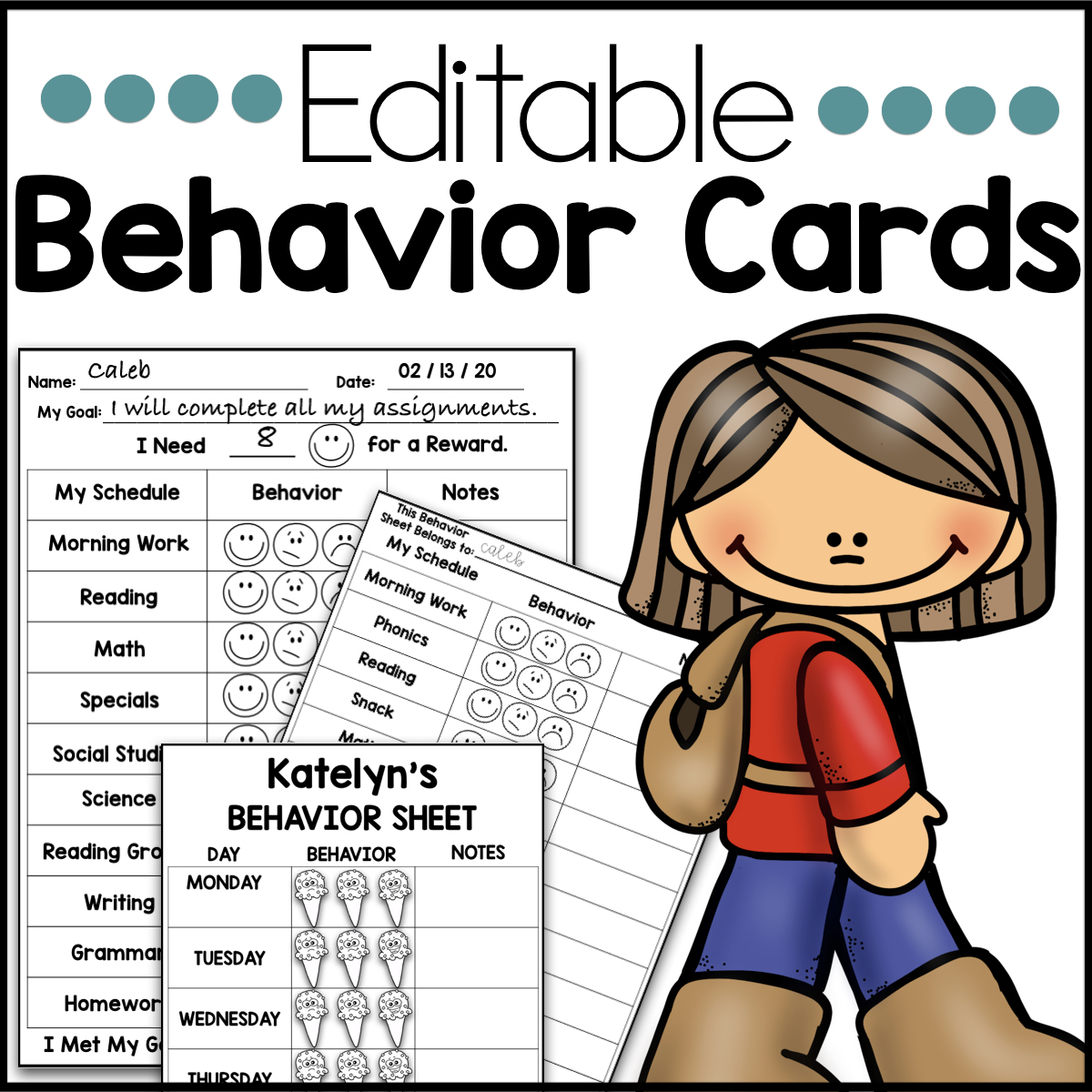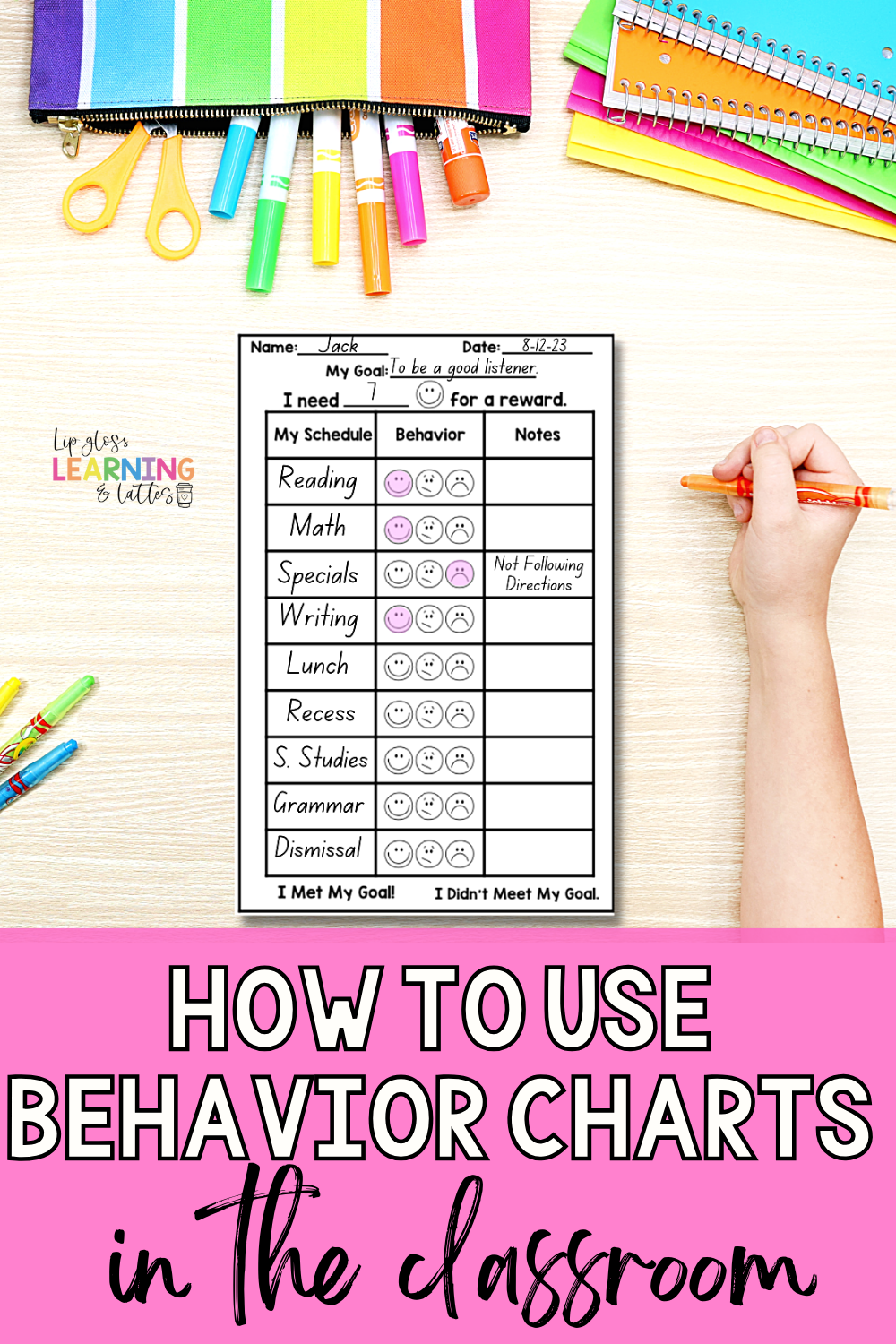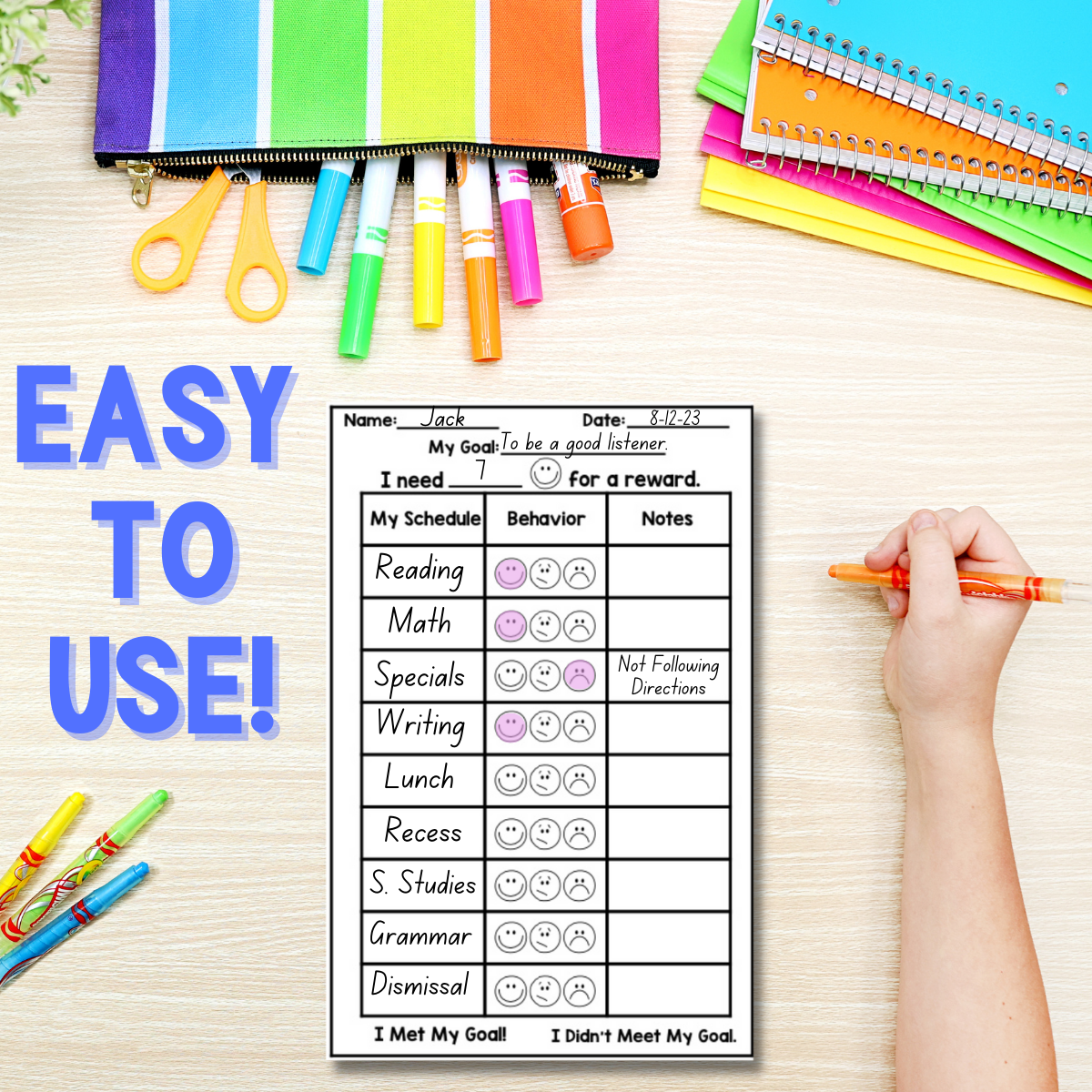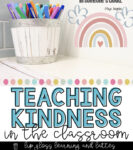How to Use Behavior Charts in the Classroom
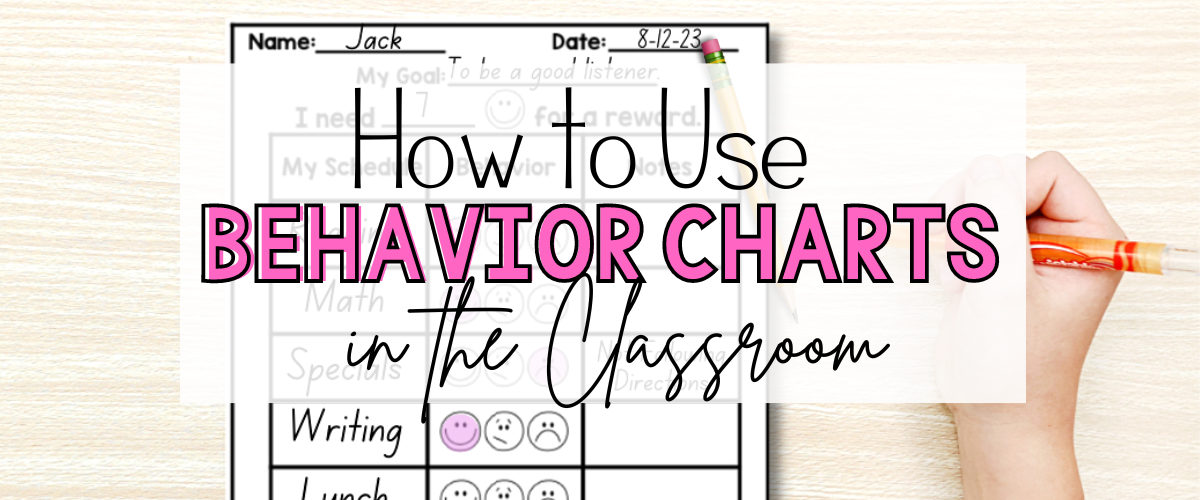 Managing the behaviors of 20 plus students each day can be challenging. Often, teachers must find individualized ways to help the students in their classrooms succeed. Using behavior charts in the classroom allows you help students focus on a few behavior goals they need to improve and motivates them with visuals and rewards reinforcing positive behavior. In this post, I’ll share how to use behavior charts in the classroom, particularly with elementary learners.
Managing the behaviors of 20 plus students each day can be challenging. Often, teachers must find individualized ways to help the students in their classrooms succeed. Using behavior charts in the classroom allows you help students focus on a few behavior goals they need to improve and motivates them with visuals and rewards reinforcing positive behavior. In this post, I’ll share how to use behavior charts in the classroom, particularly with elementary learners.
What are behavior charts?
Classroom behavior charts are visual tools for students used to track and monitor their behavior in the classroom. Behavior charts provide a clear way to celebrate and reinforce positive behaviors for students. They also help to keep track of any challenges a child may have had that day so that those situations can be addressed.
Behavior charts can look many different ways and it’s important you find what works best for you and your students.
Here are four tips to keep in mind when using behavior charts in your classroom:
1. Set Clear Expectations with Students: Before introducing a behavior chart, make sure to establish clear expectations for classroom behavior with your students. It’s so crucial to spend the first few weeks of school reviewing classroom expectations over and over again. When presenting students with a behavior chart outlined with specific goals, make sure he or she fully understands what it will look like to meet their goal. It also helps if they understand why they’re working to meet these goals in the first place. Why is it important they wait their turn to speak? Why does it matter that they don’t run in the hallway?
2. Designing the Behavior Chart: When it comes to individualized behavior charts, I like to have that particular student take part in creating it. Even if I already have specific goals in mind for them, I like to sit with him or her and talk about what they believe their opportunities to grow may be. It’s important for students to take ownership of their behaviors, so they need to be involved in creating their behavior plan.
Decide if your students will benefit best from an hourly, daily or weekly behavior chart. You may find that you have a little bit of all three in your classroom and that’s okay. Some students may need more frequent reminders and motivation than others.
3. Choose Your Reward System: Determine how you want to reward students for meeting the goals they’ve set and positive behavior they’ve shown. Classroom rewards don’t have to be time consuming or expensive, they just need to be appealing to students. Just like behavior charts, one size doesn’t fit all here either. What may be motivating to some students, others may have no interest in. I love using things like classroom coupons to reward students and have had great success in the past using these with most of my students.
When you’ve communicated the reward to students, find a time in your schedule each day or week to give the rewards. For example, if the reward is something like classroom coupons, you may want to set aside five minutes before dismissal on Fridays to hand those out to the students who have earned them. Behavior charts are supposed to make life in the classroom easier, you don’t want to make maintaining them stressful.
4.Check in With Students: Find time to check in with students (and perhaps parents too) on how their classroom behavior is going. Ask questions like “How do you feel today went?” or “What could you have done differently in this situation?”. It’s important for students to know that you are on their team and rooting for them.
Editable Behavior Chart
If you want to implement personalized behavior plans for your students, but need something quick and don’t want to spend the time creating them – I can help!
Choose which template works best for you and your student and then simply input your students name and behavior goals. Personalized behavior plan, done! ✔️
You can see more of this Editable Behavior Chart by clicking HERE or on the image below.
